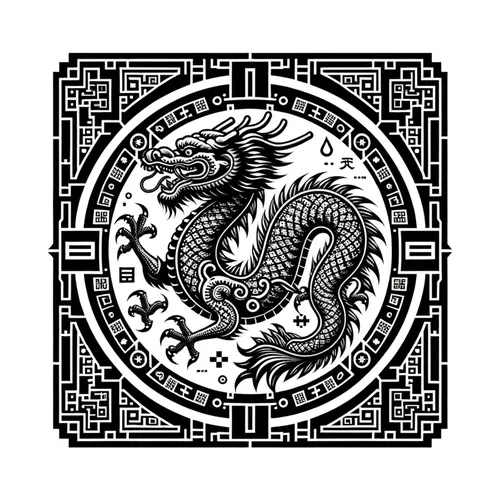GodRAT Goes Phishing: China's Cyber Spies Target Taiwan & Wall Street
- Author
- Quiet. Please
- Published
- Tue 19 Aug 2025
- Episode Link
- https://www.spreaker.com/episode/godrat-goes-phishing-china-s-cyber-spies-target-taiwan-wall-street--67443694
This is your Digital Dragon Watch: Weekly China Cyber Alert podcast.
Welcome back to Digital Dragon Watch, your weekly passport to the pulse of China cyber. I’m Ting, here to hack through the headlines and decrypt the digital drama—let’s jump right into this week’s cyber showdown.
Listeners, it’s been a wild ride in and around Taiwan. TechRadar just broke news on a sharp espionage campaign where Chinese state-backed hackers singled out a major Taiwanese web hosting company. These attackers didn’t just sniff around—they rooted through critical systems harvesting credentials and set up for long-term lateral movement. The crew at Cisco Talos fingered a fresh APT, UAT-7237, for these antics. Their toolkit is pure APT: custom malware, skillful deployment of privilege escalation exploits, and a real taste for unpatched vulnerabilities. Think of it as hide-and-seek, but with your corporate secrets as the prize.
Taiwan is only the flashpoint. The same strategies—web host compromise, malware drop, credential collection—are showing up in U.S. and global incidents, like the Salt Typhoon operation targeting core internet infrastructure. Industry experts have been warning: hosting providers, often the backbone but not the most cyber-savvy, are soft targets. The Center for Strategic and International Studies counted a marked spike in state-aligned attacks since last year. If you’re running a hosting firm, today’s advice? Patch early, patch often, and monitor for lateral movement because these attackers are both subtle and persistent.
Let’s talk new attack vectors. This week Kaspersky spotlighted the GodRAT campaign targeting trading and brokerage firms across Hong Kong, Malaysia, and beyond. The hackers—strong Winnti vibes here, aka APT41—are using Skype to send out .SCR files disguised as financial documents. The neat twist? They hide shellcode in images, steganography style, making it way trickier to detect. This GodRAT variant, built off legacy Gh0st RAT code, can harvest information, deliver more malware, and log keystrokes. Financial firms, triple-check those attachments and run up-to-date endpoint protection with sandboxing.
Against this backdrop, the U.S. government is striking a wary stance. Anne Neuberger, formerly at the National Security Council, sounded the klaxons in Foreign Affairs: America is behind in cyber warfare readiness, especially for protecting critical infrastructure like power and water grids. Her fix is twofold—harden defenses and develop offensive cyber tools to keep Chinese targets at risk if escalation looms. The Justice Department, for its part, charged twelve Chinese nationals tied to the Ministry of Public Security with global hacking campaigns. And Congress is eyeing tougher export controls, such as location-verifying tags for GPUs, though Nvidia says ‘no thank you’ to mandated backdoors or kill-switches, warning it’d only help hostile actors.
For enterprise defenders, expert consensus says: patch management must become obsessive, deploy behavioral analytics to spot unusual pivoting, and invest in zero-trust architectures, especially in sectors like web hosting and finance where exposure is highest. If you’re running anything remotely public—scrutinize admin activity, double up on MFA, and scan for those Cobalt Strike beacons on your network.
That’s your Digital Dragon Watch download. Thanks for tuning in, listeners—don’t forget to subscribe for more unfiltered cyber intelligence. This has been a quiet please production, for more check out quiet please dot ai.
For more http://www.quietplease.ai
Get the best deals https://amzn.to/3ODvOta
